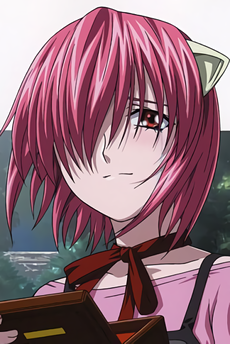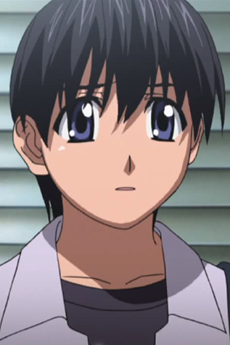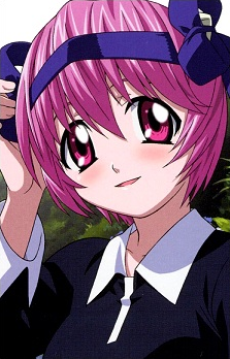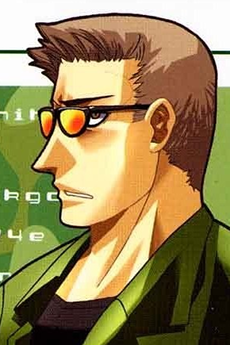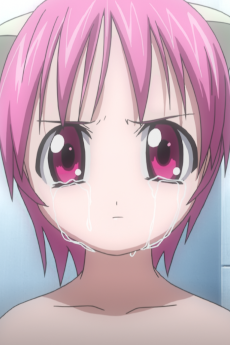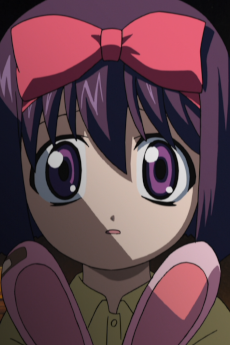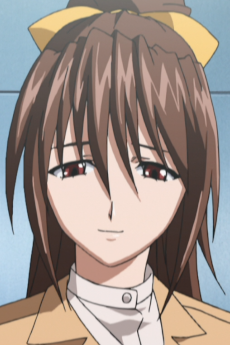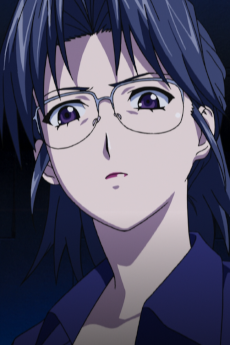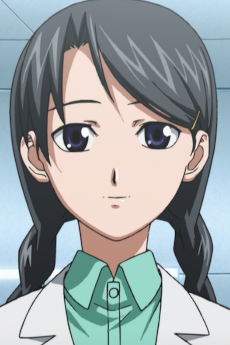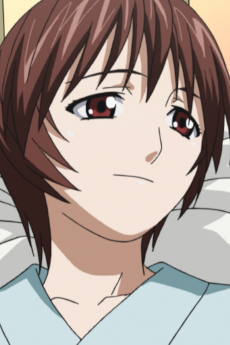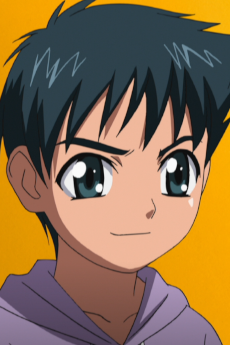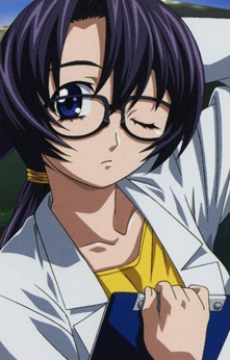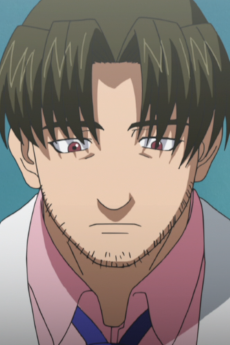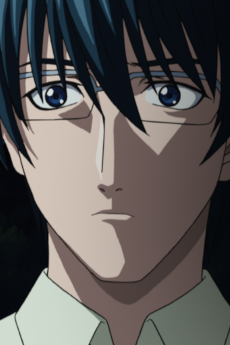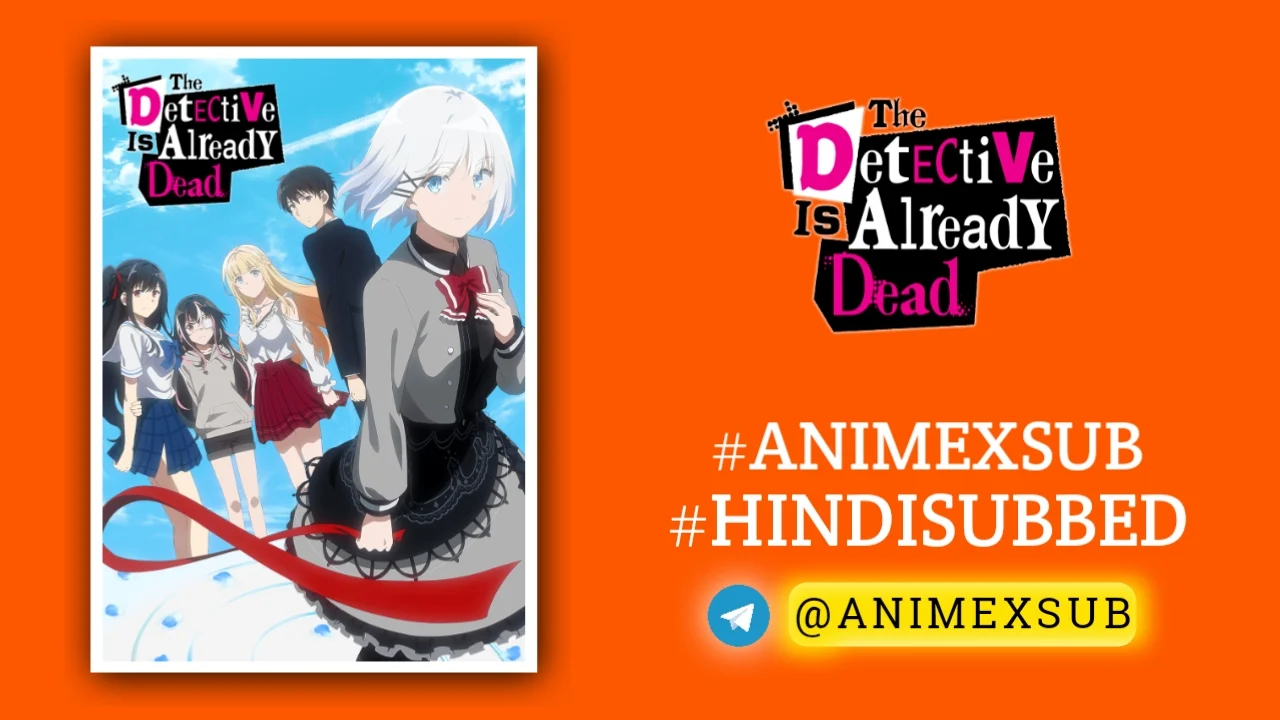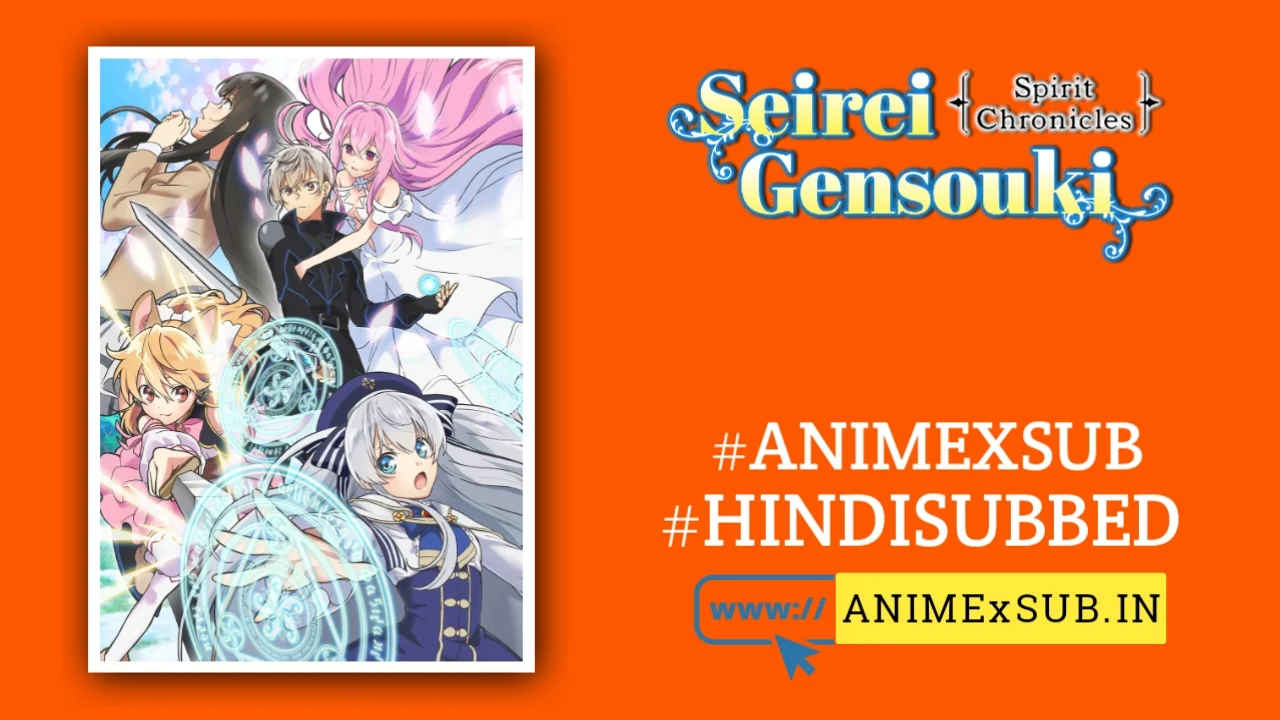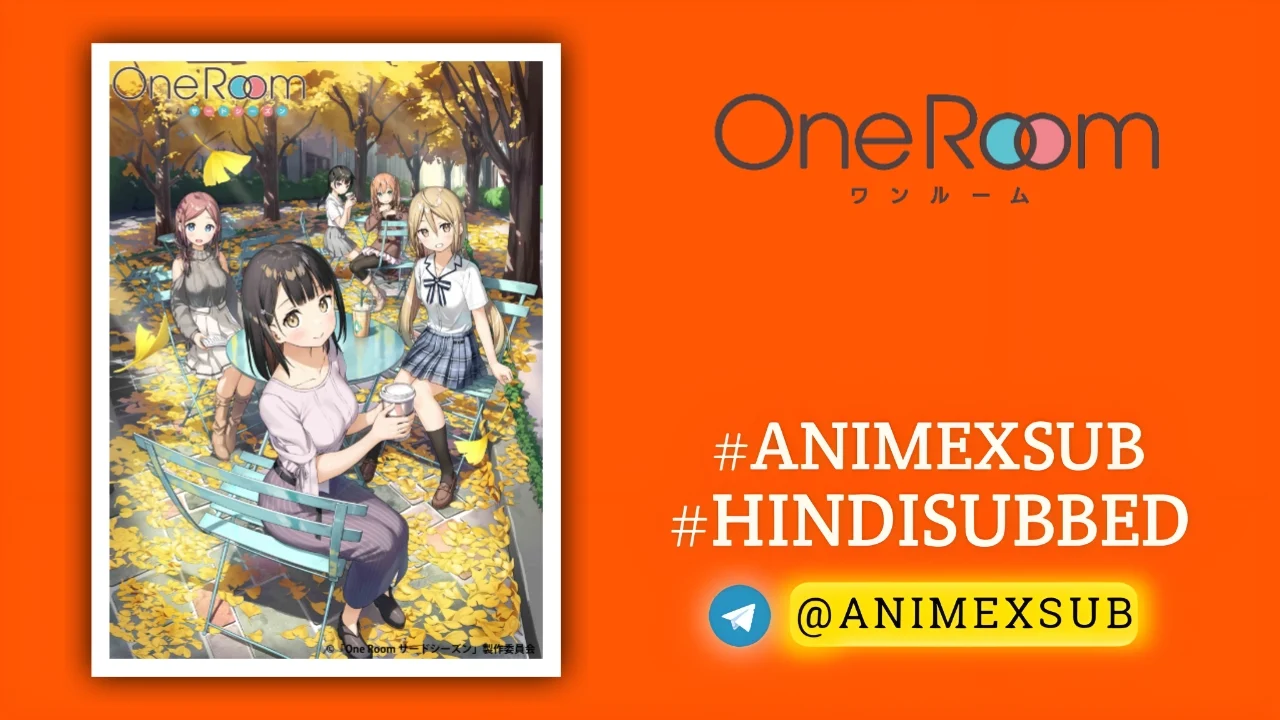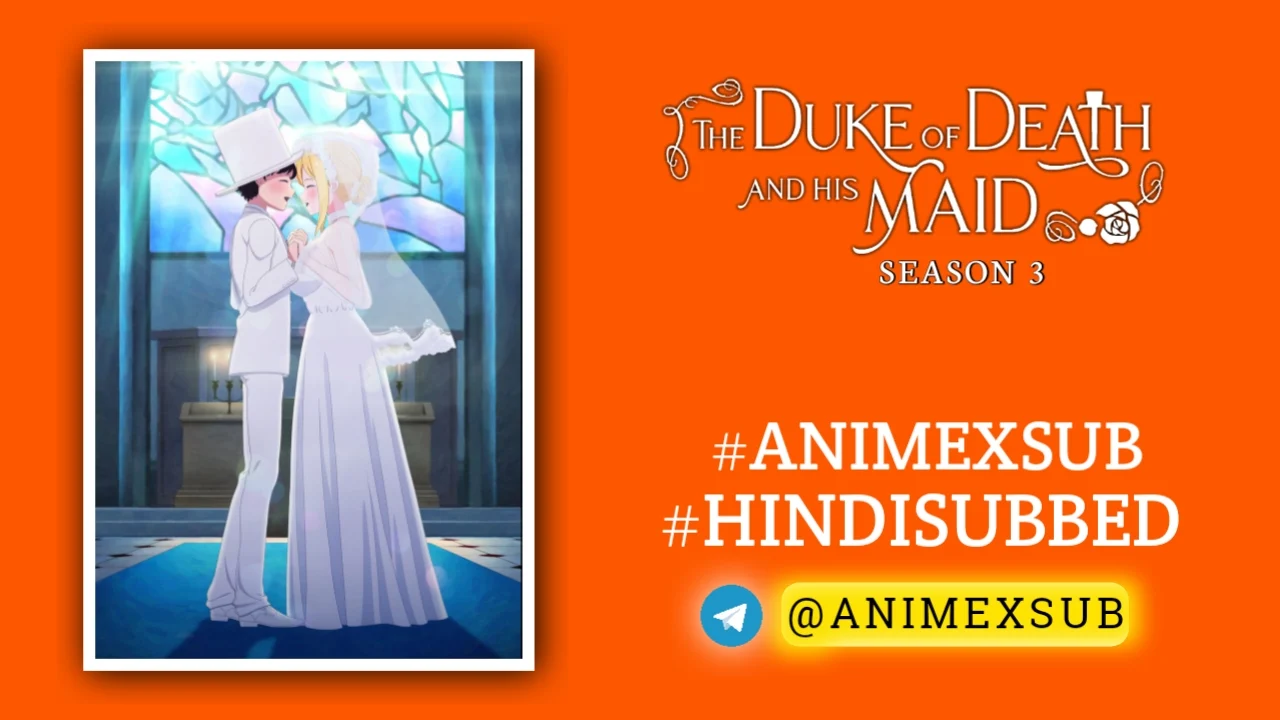
Elfen Lied Season 1 Hindi Subbed [13/13] {18+}

Elfen Lied
Elfen LiedSynopsis
The Diclonius, a mutated homosapien that is said to be selected by God and will eventually become the destruction of mankind, possess two horns on their heads and have a "sixth sense" which gives them telekinetic abilities. Due to this dangerous power, they have been captured and isolated in laboratories by the government. Lucy, a young and psychotic Diclonius, manages to break free of her confines and brutally murders most of the guards in the laboratory where she is being held, only to be shot in the head as she makes her escape. She survives, falling off a cliff into the ocean and manages to drift along to a beach where two teenagers, Kouta and Yuka, discover her. Having lost her memories, she was named after the only thing that she can now say, "Nyuu," and the two allow her to stay at Kouta's home. However, it appears that the psychotic side of Lucy is not dead just yet... (Source: ANN - Revised)
Watch Trailer
Characters
Elfen Lied Season 1: A Visceral Exploration of Humanity’s Darkest Corners
“Elfen Lied” (2004), a 13-episode anime adapted from Lynn Okamoto’s manga, is a polarizing masterpiece that defies easy categorization. It’s a blood-soaked tragedy, a psychological labyrinth, and a raw meditation on what it means to be human—or to be deemed less than human. This article dives deep into Season 1, dissecting its narrative, themes, characters, and impact with a fresh lens, avoiding the usual tropes of promotional fluff or recycled critiques. Instead, we’ll explore why Elfen Lied remains a singular, haunting work that pushes boundaries and demands reflection, even as it repels and captivates in equal measure.
A Shocking Prelude: Setting the Tone
From its opening minutes, Elfen Lied announces itself as unapologetically brutal. The first episode unfolds in a sterile research facility where Lucy, a Diclonius—a mutated human species with horn-like protrusions and invisible telekinetic “vectors”—escapes in a maelstrom of gore. Limbs are severed, heads roll, and blood paints the walls in a sequence that’s as mesmerizing as it is horrifying. This isn’t violence for shock’s sake; it’s a deliberate statement about dehumanization, setting the stage for a story that refuses to shy away from the consequences of cruelty.
Yet, within this chaos, Elfen Lied introduces its central duality: Lucy’s escape leads to a head injury, splitting her personality into the ruthless killer Lucy and the innocent, childlike Nyu. This dichotomy, embodied by a single character, becomes the narrative’s heartbeat, forcing viewers to grapple with questions of identity, agency, and the roots of violence.
Narrative Structure: A Tapestry of Trauma
Elfen Lied weaves a complex narrative that juggles multiple timelines, perspectives, and emotional tones. The story follows Kouta, a university student with a buried traumatic past, and his cousin Yuka, who take in Nyu after finding her on a beach. Unaware of her true nature, they become entangled in a web of violence as the facility’s operatives, led by the cold-hearted Kurama, hunt Lucy down. Subplots involving other Diclonii, like the tragic Nana and the terrifying Mariko, deepen the narrative, while flashbacks reveal the origins of Lucy’s rage.
The show’s pacing is both its strength and its Achilles’ heel. Early episodes are methodical, building character relationships and emotional stakes, but the latter half accelerates, cramming dense plot points into a tight 13-episode run. This rush leaves some threads—like the full scope of the Diclonius mutation or Kouta’s past—underexplored, a consequence of adapting only part of the manga. Yet, this imperfection adds to the show’s rawness, mirroring the fractured psyche of its protagonist. The open-ended finale, where Kouta awaits an ambiguous figure at the series’ close, invites interpretation rather than resolution, a bold choice that respects the audience’s ability to wrestle with ambiguity.
Themes: The Monster Within and Without
Elfen Lied is a thematic juggernaut, tackling issues that resonate far beyond its sci-fi premise. At its core, it’s a study of otherness. The Diclonii, born with powers that make them both victims and predators, are feared and caged by humans who justify their cruelty as science or self-preservation. Lucy’s backstory, revealed in gut-wrenching flashbacks, shows a childhood marked by betrayal, abuse, and isolation, raising a chilling question: Is her violence innate, or is it the product of a world that rejected her?
The series doesn’t flinch from depicting humanity’s capacity for cruelty. From the researchers who treat Diclonii as lab rats to the everyday indifference of bullies, Elfen Lied suggests that monstrosity isn’t exclusive to the horned mutants. This is crystallized in Episode 8’s infamous scene of animal cruelty, a moment so harrowing it forces viewers to confront the banality of evil. Yet, the show balances this darkness with moments of tenderness—Nyu’s childlike trust in Kouta, Nana’s desperate need for a father figure in Kurama, Mayu’s quiet resilience—offering glimmers of hope amid despair.
The exploration of identity through Lucy/Nyu is particularly compelling. Her split personality isn’t just a plot device but a metaphor for the fragmented self, shaped by trauma and survival. The show asks whether redemption is possible when one’s actions are both monstrous and understandable, a question that lingers long after the credits roll.
Characters: Flawed, Human, Unforgettable
Elfen Lied’s characters are its emotional core, each a mosaic of pain and complexity. Lucy/Nyu, voiced with chilling nuance by Sanae Kobayashi (Japanese) and Kira Vincent-Davis (English), is a paradox: a killer driven by instinct and a victim yearning for connection. Her relationship with Kouta, fraught with unspoken history, anchors the series, though their dynamic sometimes veers into melodramatic territory.
Kouta and Yuka, while ostensibly the “normal” humans, are anything but generic. Kouta’s repressed memories and Yuka’s quiet jealousy add layers to their roles, though their naivety can frustrate. Secondary characters like Mayu, a runaway with a history of abuse, and Nana, a Diclonius desperate to please her “father” Kurama, steal the spotlight with their heartbreaking arcs. Even antagonists like Bando, a sadistic mercenary, and Mariko, a child Diclonius with devastating power, are given moments of vulnerability that complicate their villainy.
The show’s ensemble is imperfect—some characters, like the lecherous Professor Kakuzawa, feel underdeveloped—but their flaws mirror the messy reality of human nature, making them resonate despite the narrative’s occasional stumbles.
Visual and Auditory Craft: A Haunting Symphony
Studio ARMS delivers a visual experience that’s both beautiful and grotesque. The animation, while dated by 2025 standards, uses stark contrasts—soft pastels for tender moments, crimson splashes for violence—to amplify the story’s emotional swings. Character designs, particularly the Diclonii’s horned silhouettes, are iconic, and the gore is rendered with a painterly intensity that elevates it beyond cheap shock.
The soundtrack, anchored by the Latin choral piece Lilium, is a triumph. Its mournful melody, laced with religious undertones, underscores the series’ themes of suffering and redemption. Sound design, from the squelch of severed flesh to the gentle lapping of waves, immerses viewers in the story’s visceral world.
Cultural Impact and Reception: A Divisive Legacy
Elfen Lied polarized critics and fans upon release, and its legacy remains contentious. On platforms like MyAnimeList, it boasts a strong 7.47/10 rating from over 1 million users, reflecting a dedicated fanbase. Critics like Tasha Robinson (Sci-Fi Weekly) praised its emotional depth, noting its ability to surface characters’ “strong motives and feelings” despite exploitative elements. Others, like Aryaragi on MyAnimeList, argue it leans on “superficial depth” through shock value, failing to fully develop its philosophical ambitions.
The violence and nudity—often non-sexual but still provocative—sparked debates about gratuity versus necessity. For every viewer who sees the gore as integral to the story’s commentary on dehumanization, another finds it excessive, overshadowing the narrative’s nuance. This divide is Elfen Lied’s strength: it refuses to cater to a single audience, forcing each viewer to confront their own thresholds for discomfort and empathy.
Its influence is undeniable, paving the way for anime like Attack on Titan and Tokyo Ghoul, which blend graphic violence with existential questions. Yet, Elfen Lied stands apart for its raw intimacy, focusing on personal trauma rather than sprawling world-building.
Why It Stays With You
Elfen Lied Season 1 is not a flawless work. Its rushed pacing, unresolved plotlines, and occasional reliance on anime tropes (like harem-like dynamics) can frustrate. But its imperfections are part of its power. It’s a show that dares to be messy, to mirror the chaos of its characters’ lives. It challenges viewers to look beyond the blood and see the pain beneath, to question who the real monsters are in a world that breeds cruelty.
This isn’t an anime for casual viewing or the faint of heart. It’s a gut-punch, a mirror held up to humanity’s darkest impulses and its fleeting moments of grace. Whether you view it as a masterpiece or a flawed experiment, Elfen Lied is unforgettable, a work that burrows into your psyche and refuses to let go.
Sources:
Support Our Anime Community!
Love watching the latest anime? Help us keep uploading new episodes by join telegram channel ❤️
Join Now!